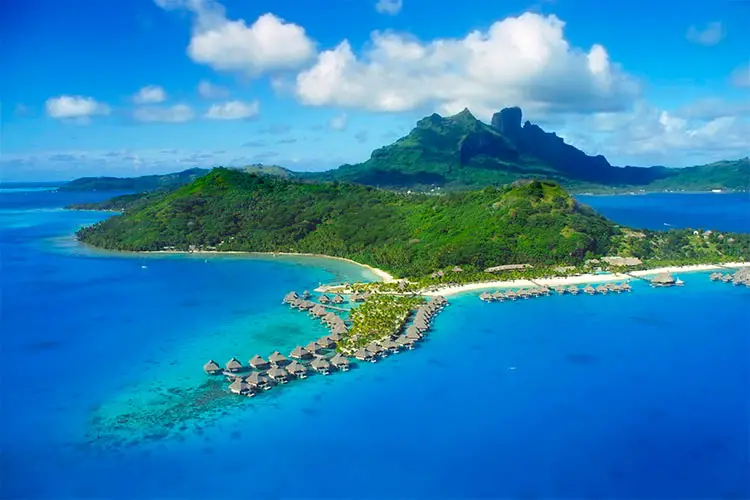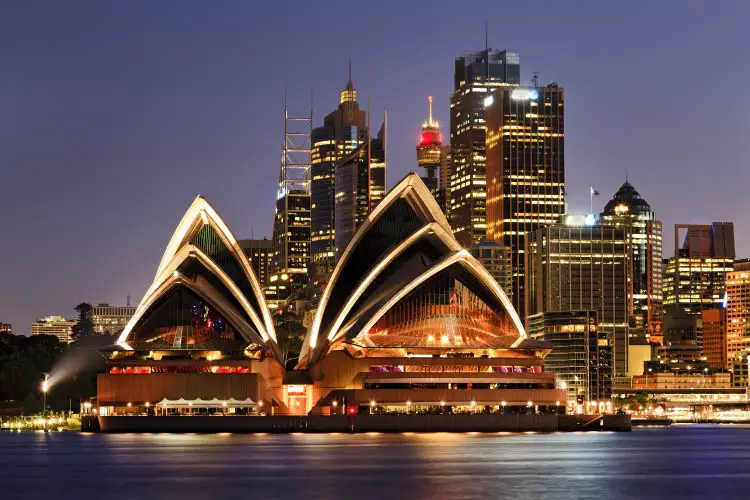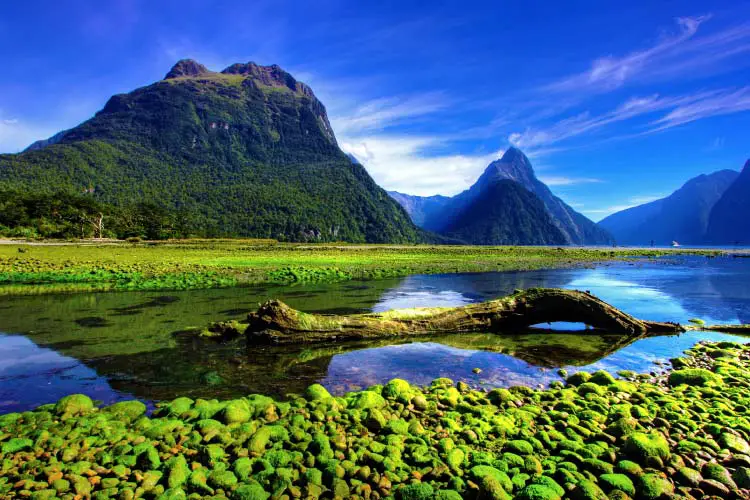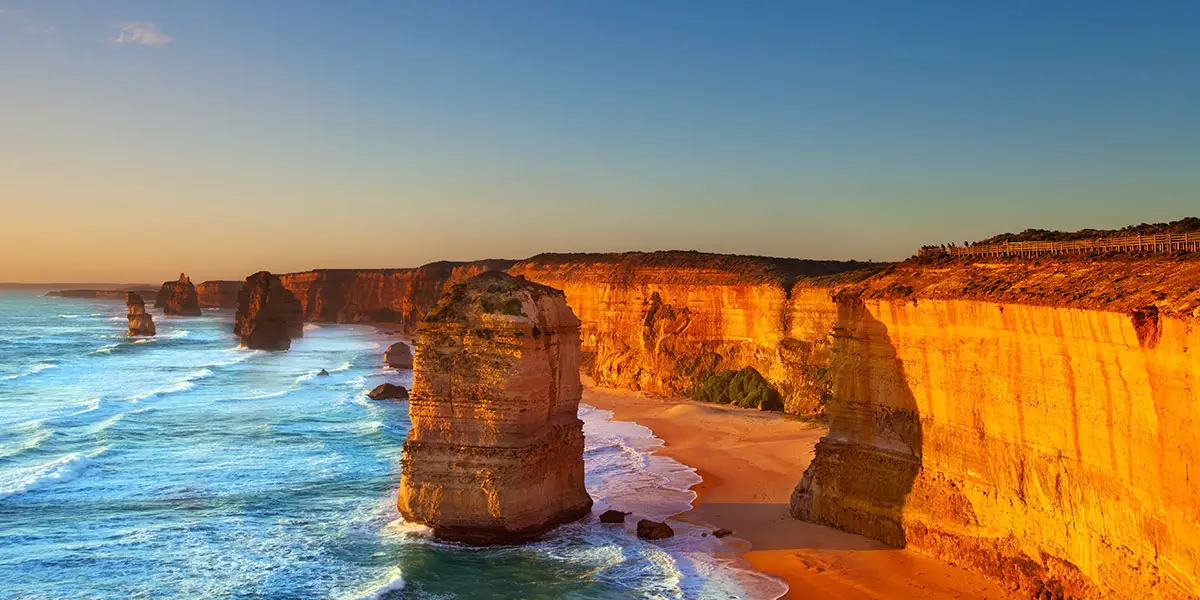Oceania
Though not a true continent, many people recognize Oceania as an entity, and the islands populating this watery region have been broken down into subregions. Just north of Australia sits the westernmost subregion, Melanesia, which contains the lovely country of Papua New Guinea, tropical Vanuatu, and popular vacation destinations Fiji and the Solomon Islands. Micronesia sits north of Melanesia and holds the Marshall Islands, three of which were infamously decimated by US nuclear testing during the 1950s. Guam, Wake Island, and Kiribati are among the other islands of Micronesia. The easternmost subregion is Polynesia, which contains many of the world’s most popular travel destinations, including Hawaii, New Zealand, the Cook Islands, and the Easter Islands.

Colloquially referred to as the ‘land down under,’ the nation/continent of Australia sits in the southern Pacific Ocean just south of Indonesia. Most of Australia’s population clusters around the eastern edge of the continent, congregating into metropolises such as Sydney and Melbourne. The latter of these hosts one of the world’s most prolific and creative arts and music scenes, while the former contains the world-famous Sydney Opera House. The iconic curves of the roof of this building have symbolized Australia and its tourism industry for many years.

The outback occupies most of Australia’s landmass. This hot, dry ecosystem makes life difficult for the few humans who live there, though a number of endemic animal and plant species have adapted to life there. Kangaroos, dingos, and huge varieties of lizards, birds and snakes make their home in the outback and can be seen on one of the many outback tours offered in Australia. The islands of New Zealand and Tasmania sit hundreds of miles south of Australia. The former of these, New Zealand, has become a tourism hotspot in recent years due to its friendly locals and jaw-dropping natural vistas.

Despite its somewhat small size, New Zealand features both snow-capped mountains and rainforest ecosystems containing a huge variety of wildlife. Interestingly, before the arrival of humans on the island, no terrestrial mammals lived on the island. Because the birds, insects, and reptiles of the island evolved to fill biological niches that the mammals usually fill, many animals in New Zealand display markedly different behaviour than their relatives in other countries.
